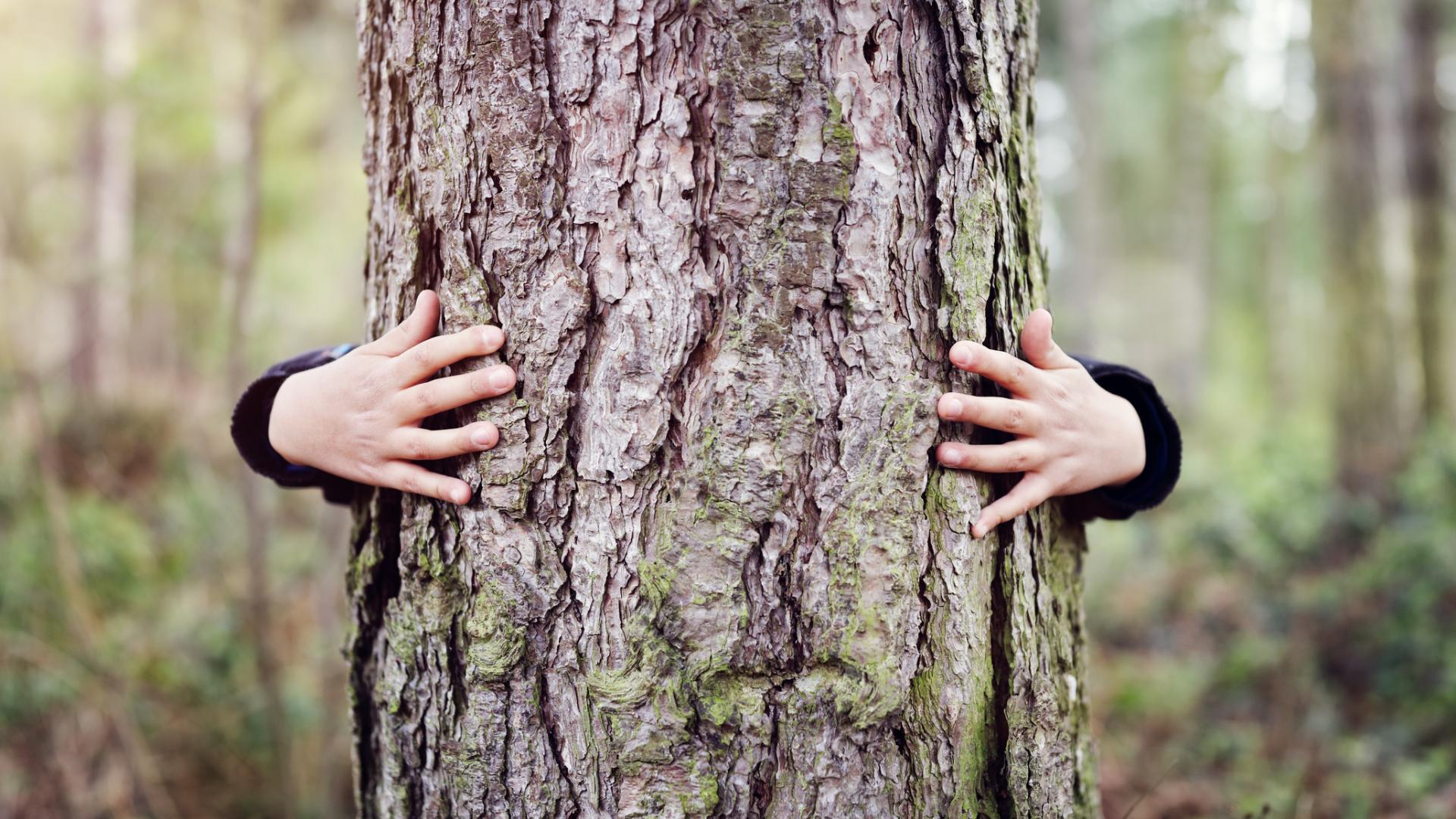The problem
How do you identify promising sites for doubling tree cover in the UK? Local people need the information to work with landowners and decision-makers but existing maps don’t do the job.
Strategic regional planning maps tend to show only existing land use. They don’t help people make decisions about the best places to support nature, store carbon or work at parish or neighbourhood level. It’s a big step from maps of woodland potential to potential action.
The challenge
How can we support local activists with tools to make a powerful case for tree cover and other nature-friendly land use in their area?
Anyone can enter their postcode via our website and generate a map to show what the potential for tree cover is in their area.
These maps won’t be prescriptive – there will always be choices to be made and on-the-ground knowledge will always be important – but they will give local campaigners much easier access to the information they need to inspire and drive action.


